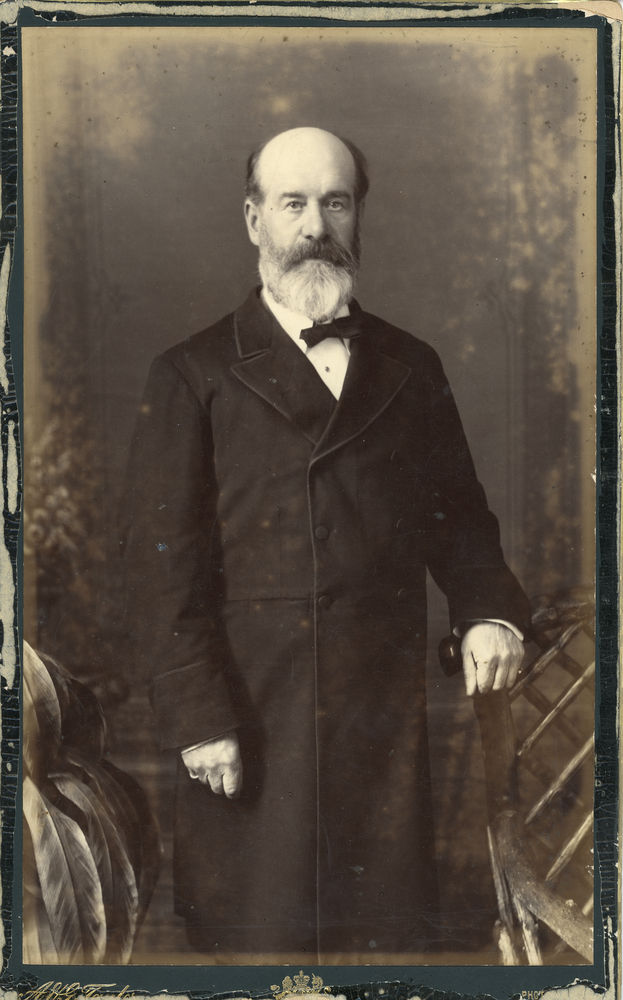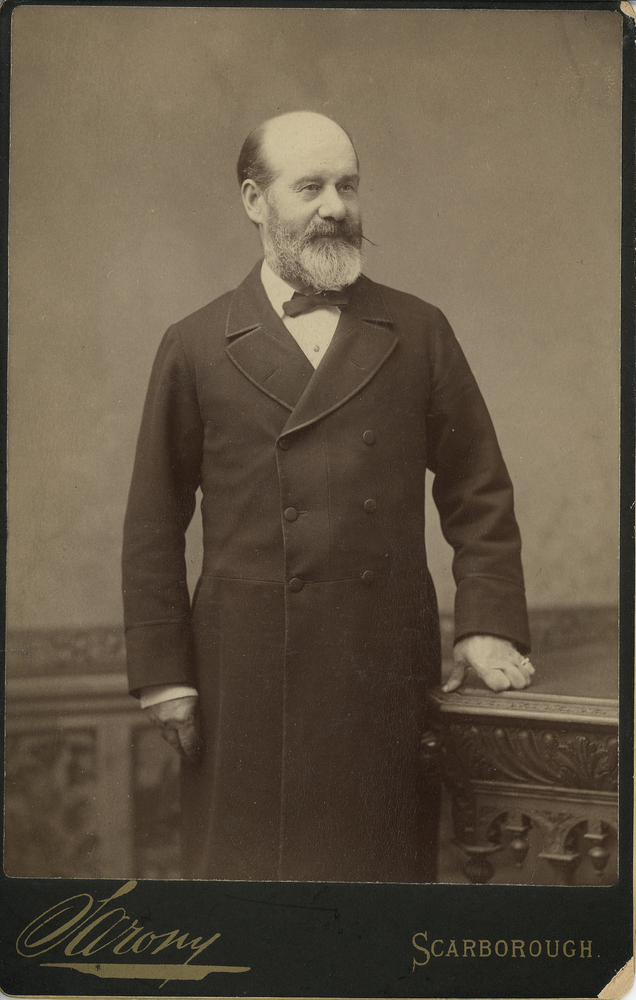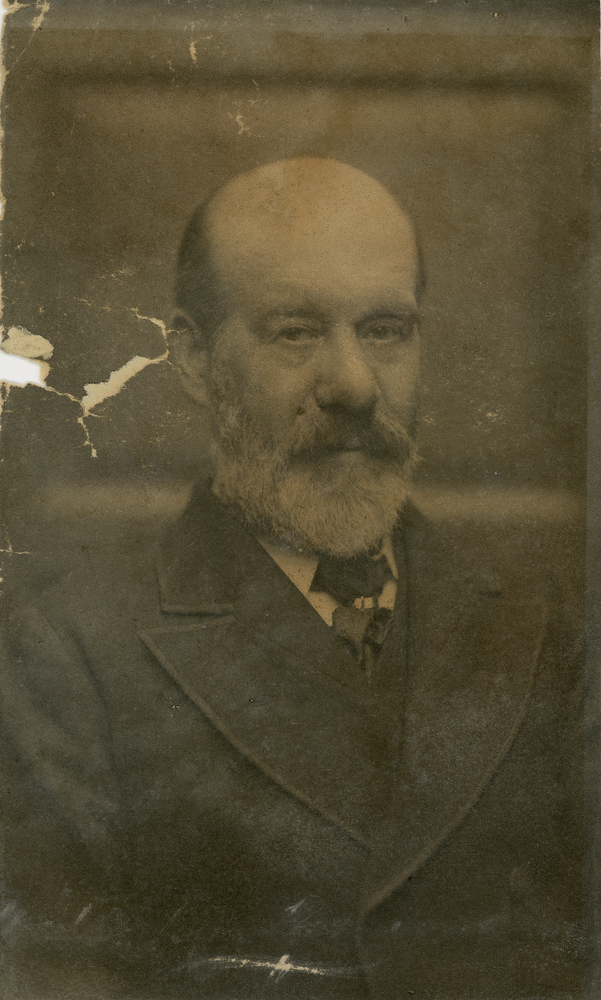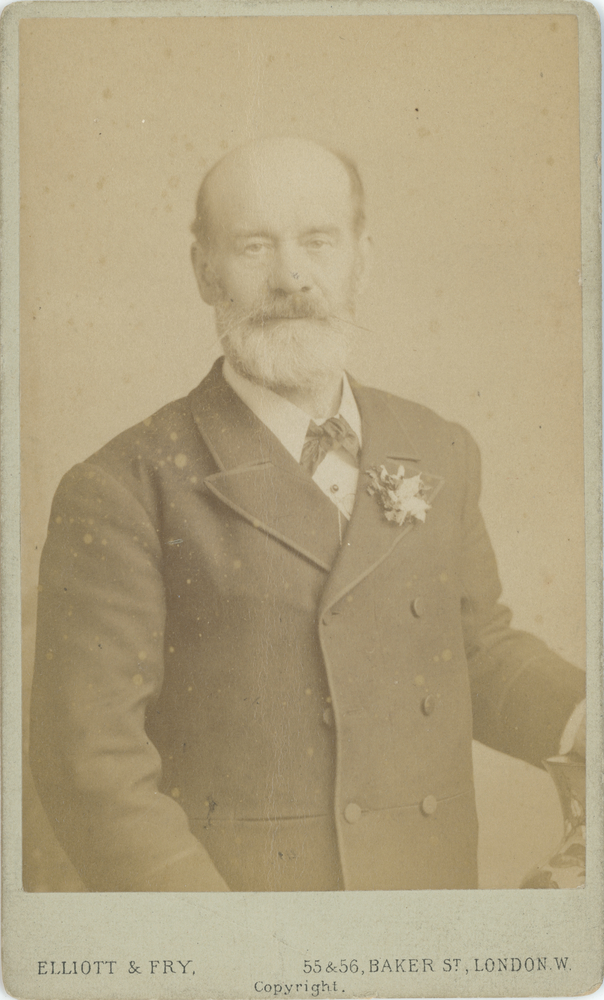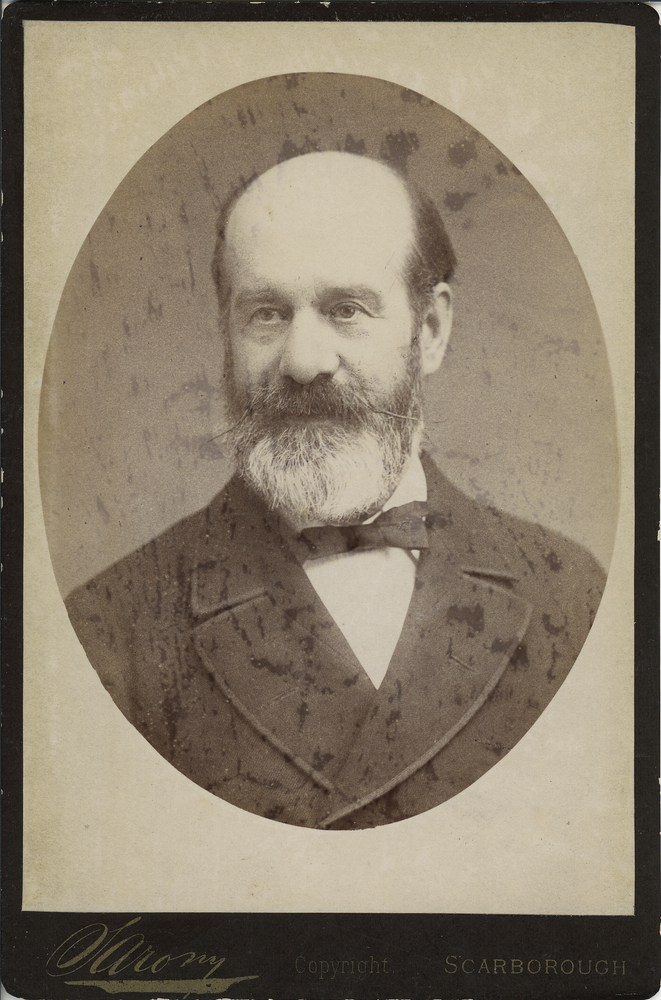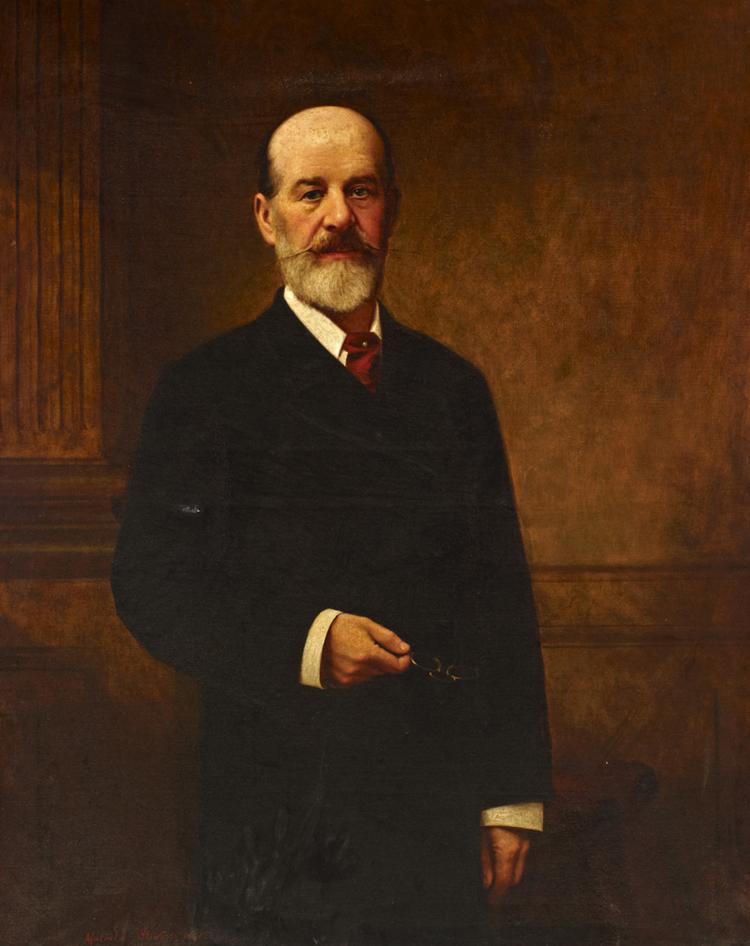Frederick John Horniman
Connected to...
Figure (ritual & belief: representations)
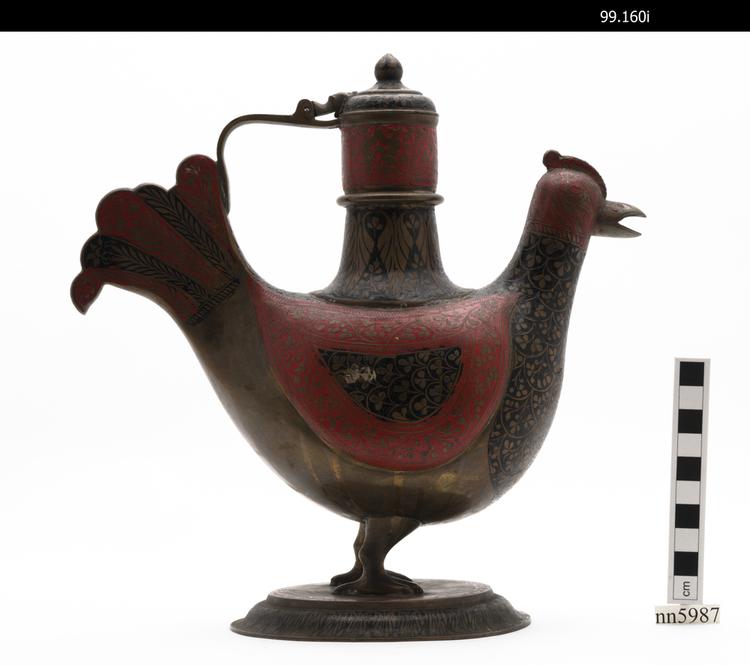
Water containers (containers (containers))
Figures (ritual & belief: representations)
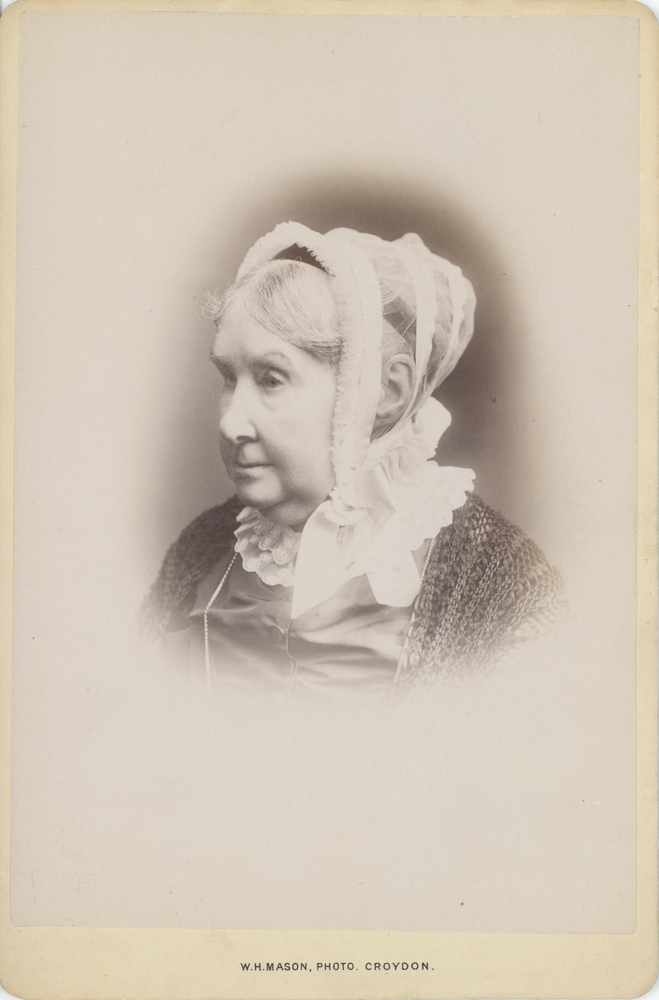
Ann horniman
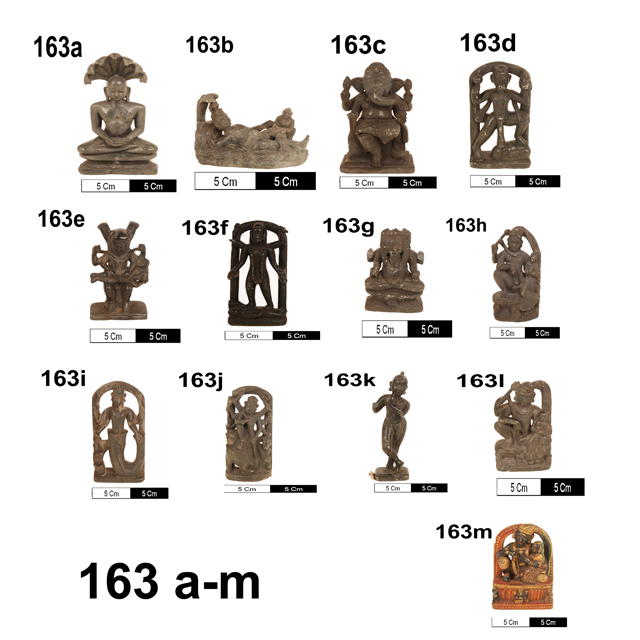
Figure (ritual & belief: representations)
William henry horniman
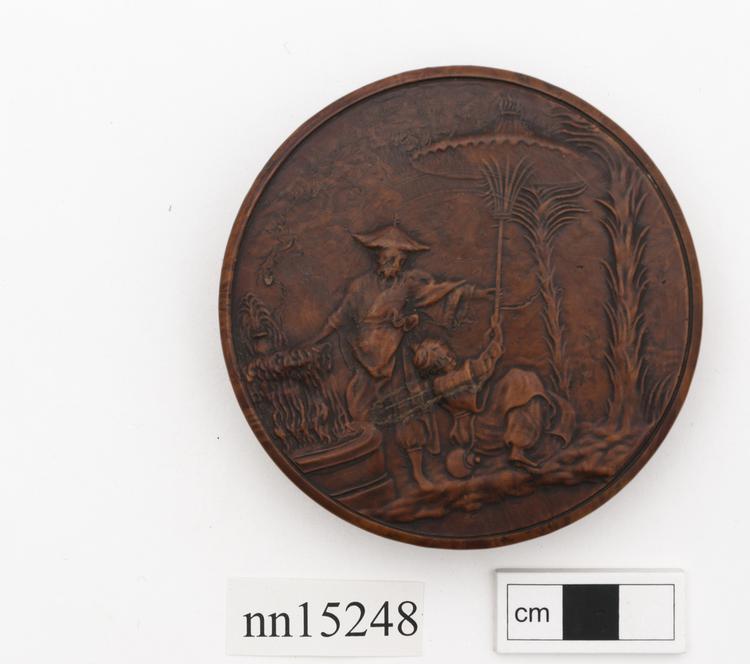
Snuff box; lid (containers)
Jug (containers)
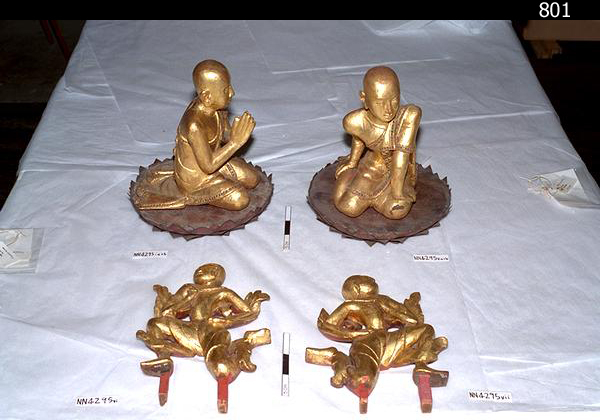
Figure (ritual & belief: representations)
Figure (ritual & belief: representations)
Figure (ritual & belief: representations)
Tinder box (friction)
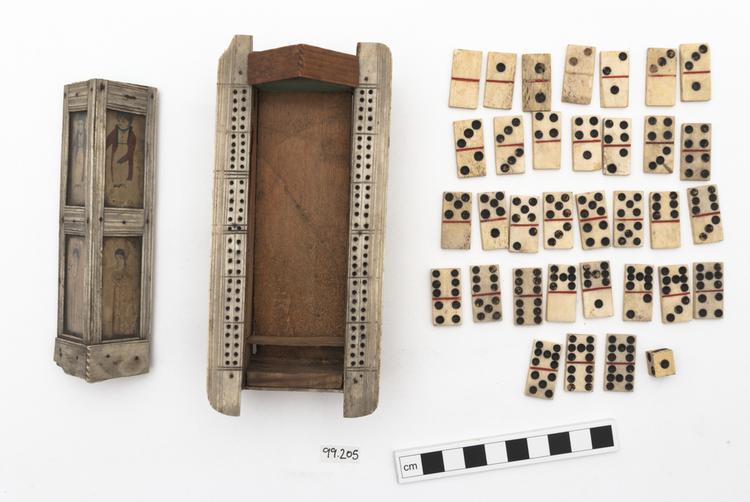
Dominoes; domino container; die
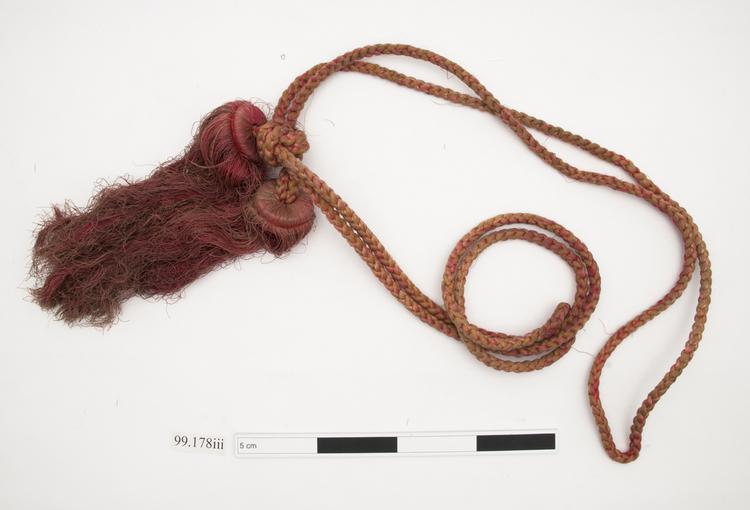
Sword (ceremonial weapon)
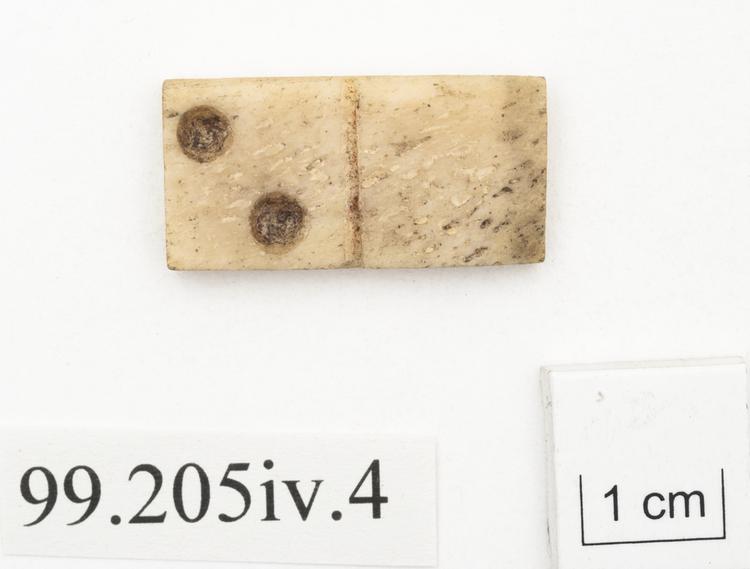
Domino
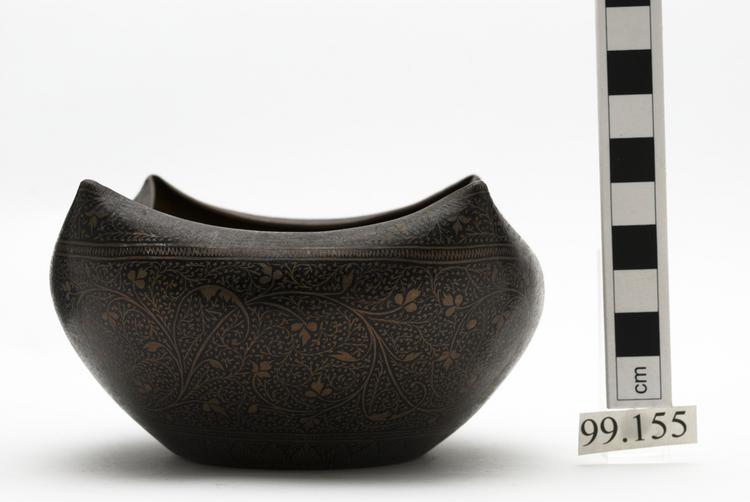
Finger bowl
Figure (ritual & belief: representations)
Lamp (lighting devices)
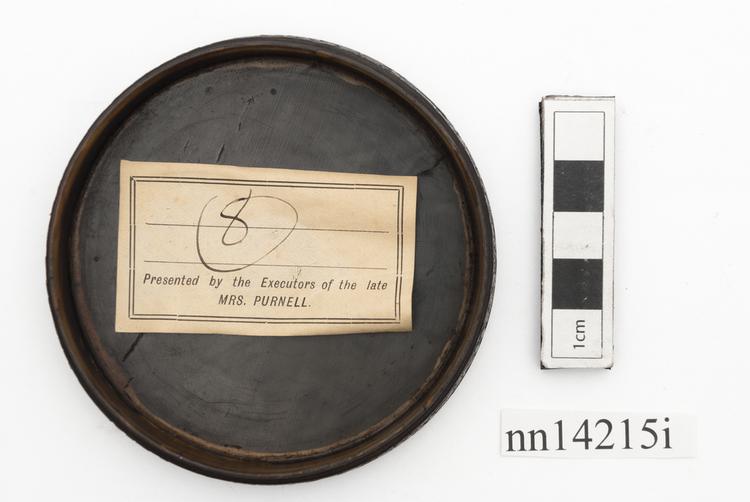
Box (containers)
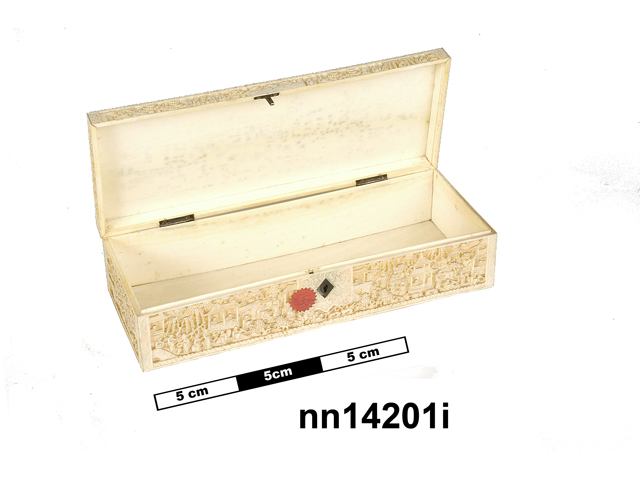
Box (adornment containers)
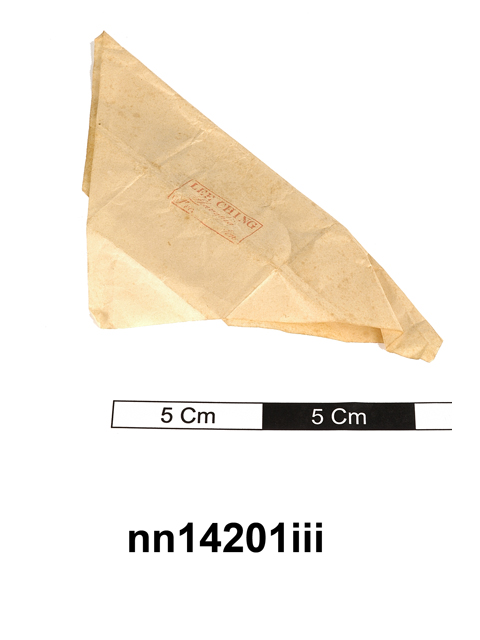
Wrapping paper
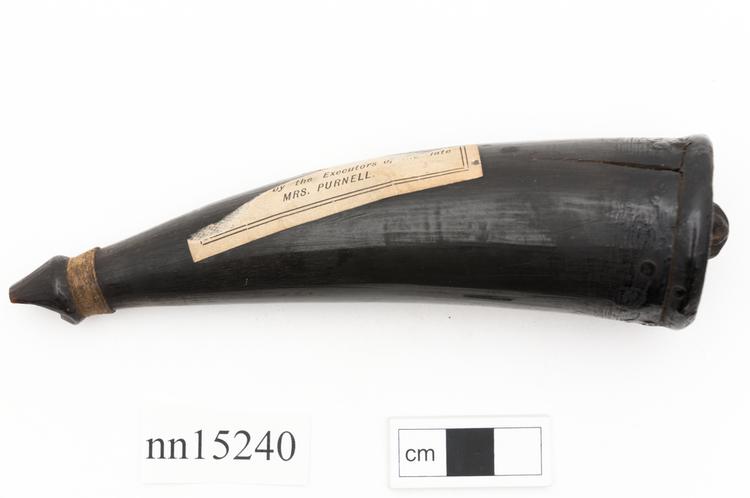
Snuff box
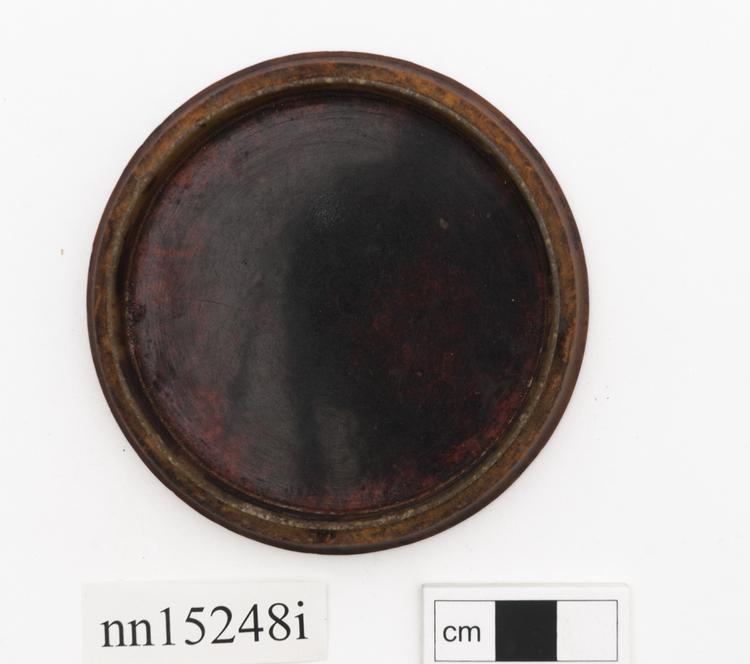
Snuff box
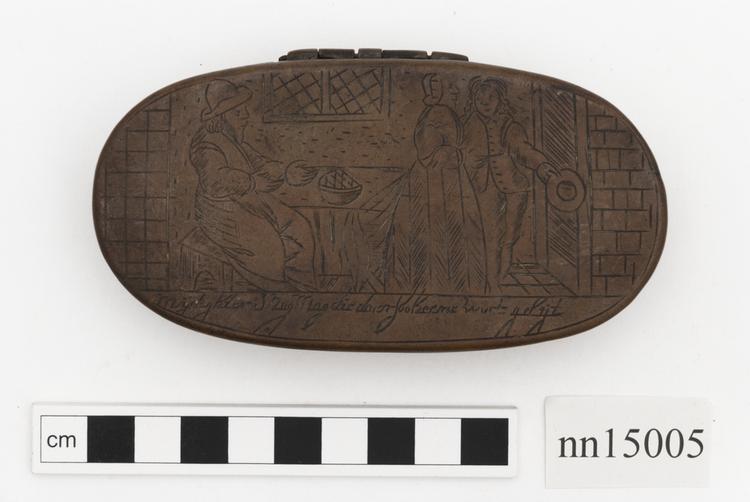
Tobacco box
Pipe case
Pipe case; lid (containers)
Book rest
Handwarmer
Staff (physical aids)
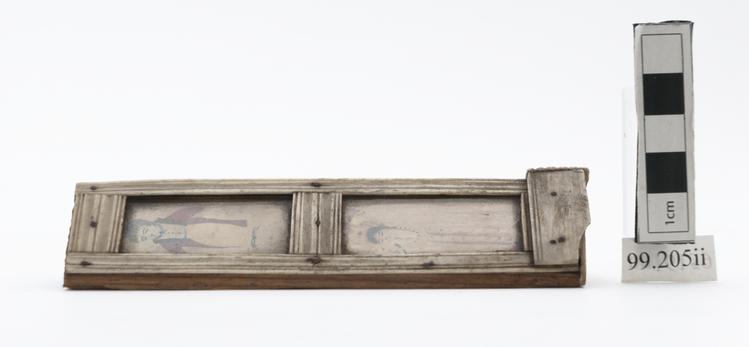
Lid (containers)
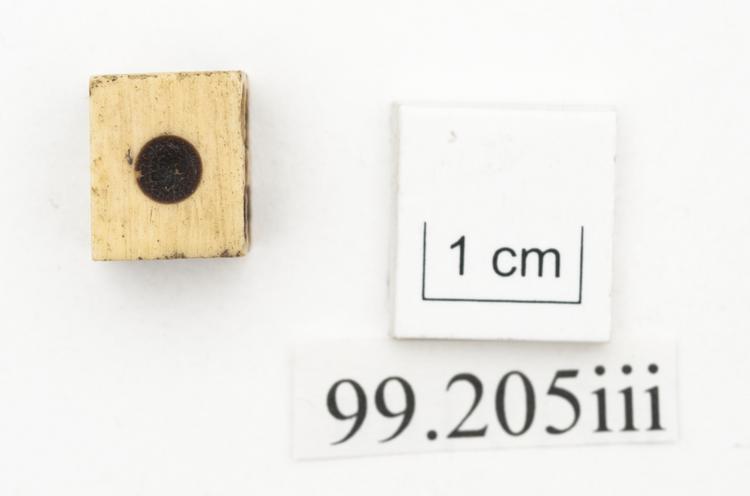
Die
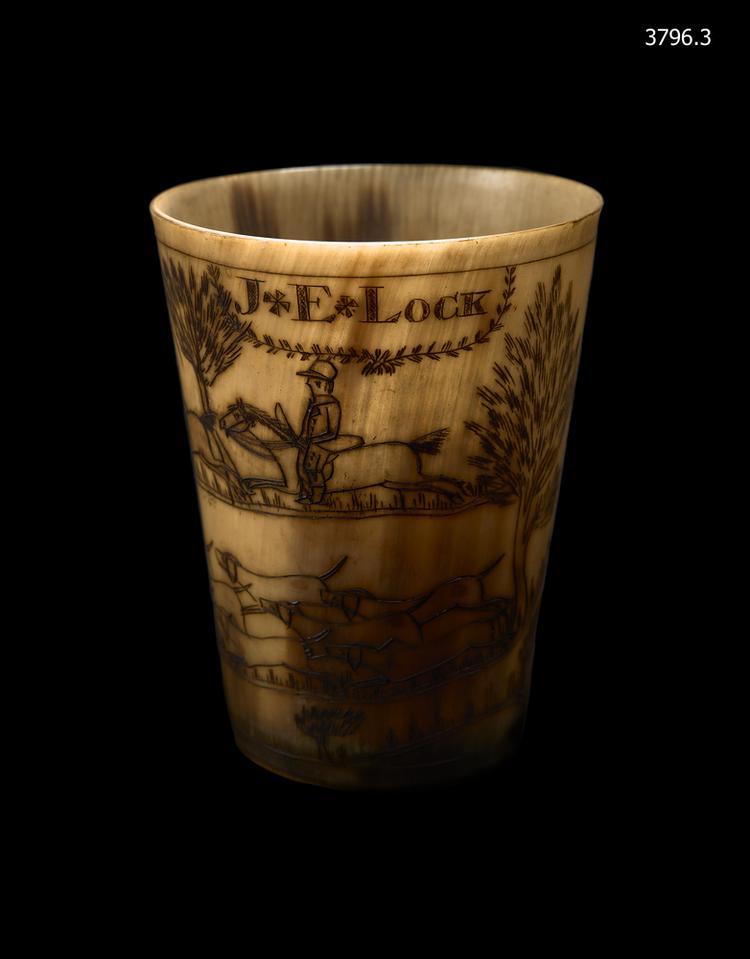
Cup (food service)
Lid (containers)
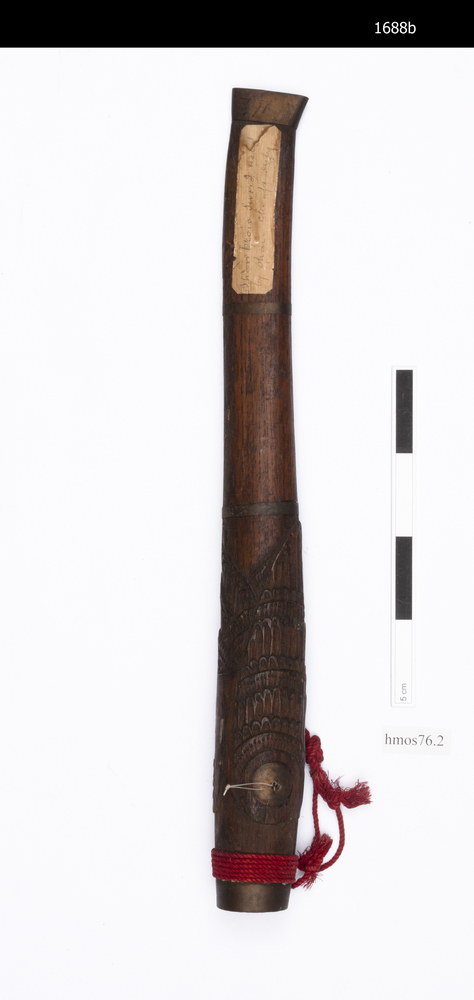
Sheath (weapons: accessories)

321.321-71 necked bowl lutes sounded by bowing with a bow
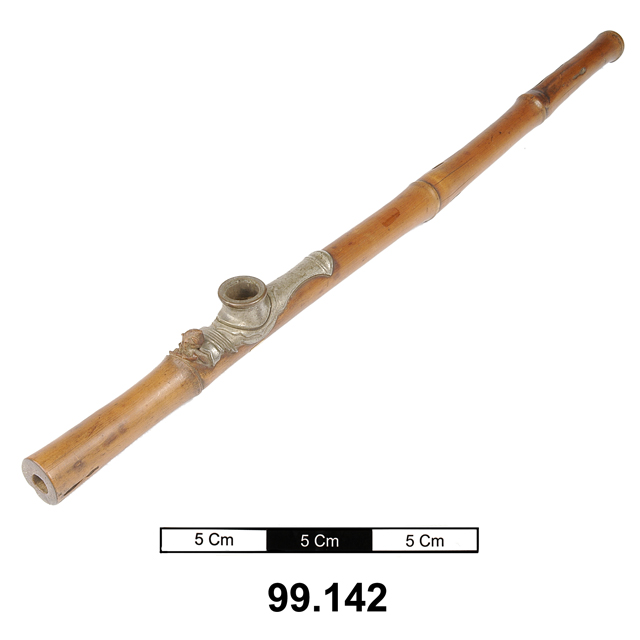
Pipe (narcotics & intoxicants: smoking)
Collection Information
These objects are only a part of our collections, of which there are more than 350,000 objects. This information comes from our collections database. Some of this is incomplete and there may be errors. This part of the website is also still under construction, so there may be some fields repeated or incorrectly formatted information.
The database retains language taken from historical documents to help research. Please note that some records may feature language and reflect systems of thinking that are outdated and offensive. The database also includes information on objects that are considered secret or sacred by some communities.
If you have any further information about objects in our collections, can suggest corrections to our information or if you see content requiring immediate action, please contact us: enquiry@horniman.ac.uk



